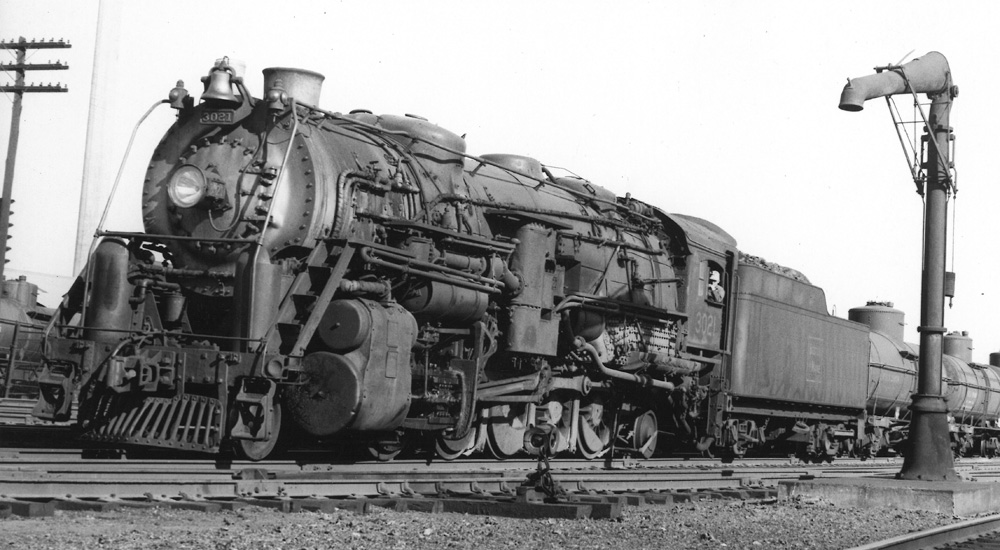
Q: I watch videos of model railroads on YouTube. On a video of a Boston & Maine layout, I saw a strange steamer. A 2-10-2 had a long tender, and on the rear truck of the tender, the wheels were ganged together with a connecting rod and the wheels had counterweights. Why? – Robert Beadle
A: What you’re seeing under that tender is a booster engine, which some manufacturers called an auxiliary locomotive. It’s a small, two-cylinder steam engine, either under the tender or on the engine’s trailing truck, that runs off steam from the main boiler. Its purpose is to help start and maintain slow speed on heavy trains.
A steam locomotive can be designed either to run well at high speed or produce a lot of traction at a lower speed, depending on the size of the drivers. Since the pistons and drive rods of a steam locomotive are directly connected to the drive wheels, there’s no way for a steam locomotive to “change gears” like an automobile can to switch between speed and power. A high speed (generally, passenger) locomotive doesn’t perform well when traction is needed. Also, a steam engine also can’t just turn down its fire when less steam is needed; instead, the excess steam is just vented away. So at low speeds, the locomotive is wasting a lot of steam power.
Enter the booster engine, which turns that wasted steam into additional low-speed traction. Booster engines were on average rated at about 300 hp at a speed of 10-30 mph. The engineer would use the booster to get the train started, then cut out the booster when it got up to a speed that the main engine could handle more efficiently.
Send us your questions
Have a question about modeling, operation, or prototype railroads? Send it to us at AskTrains@Trains.com. Be sure to put “Ask MR” in the subject.







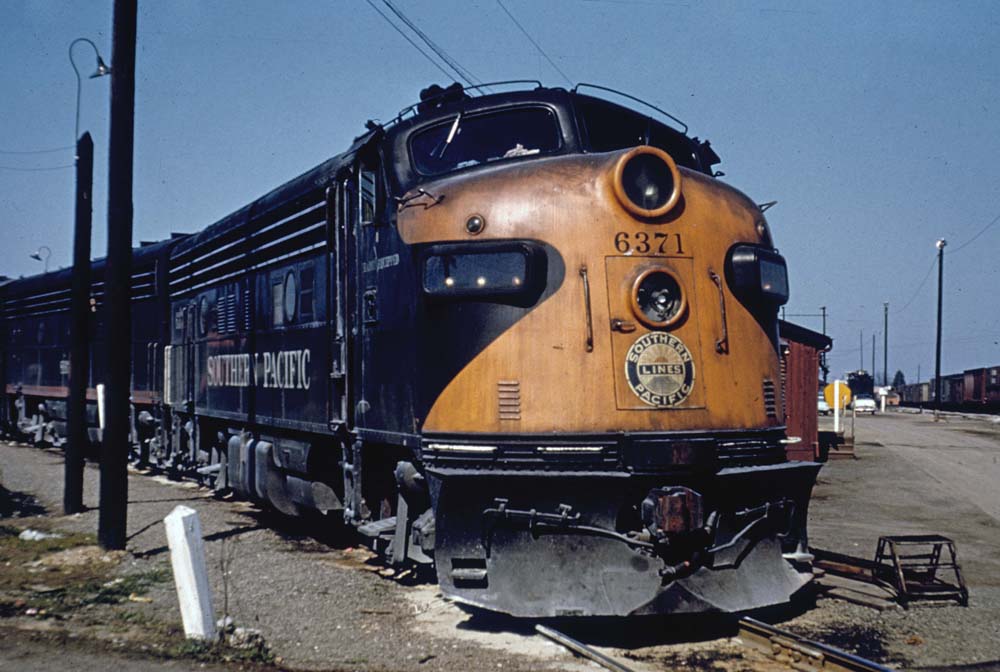
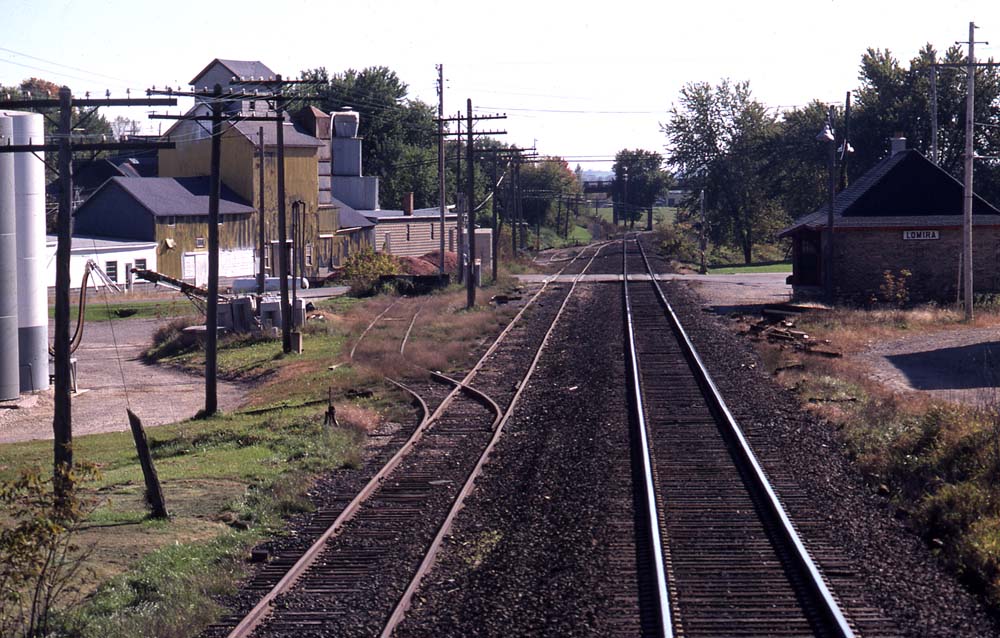
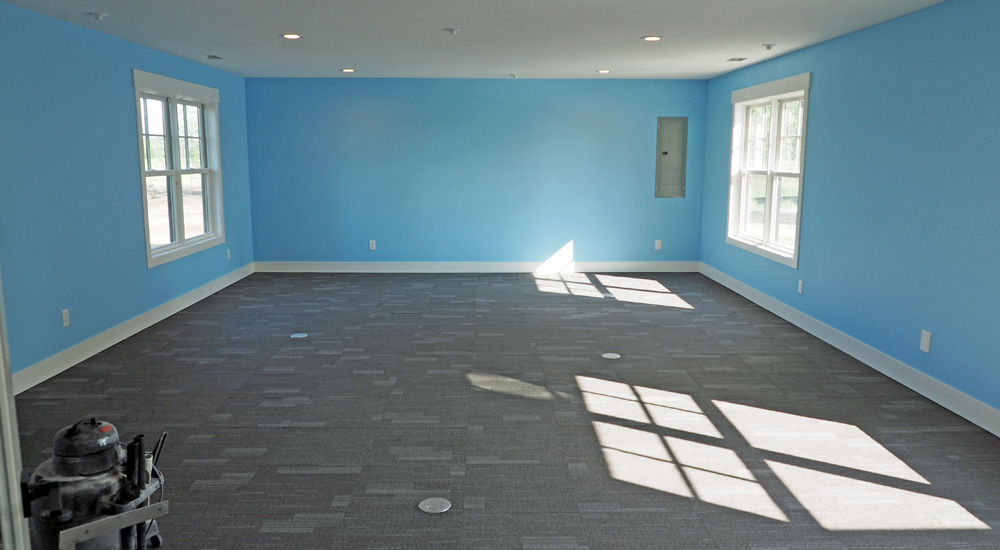
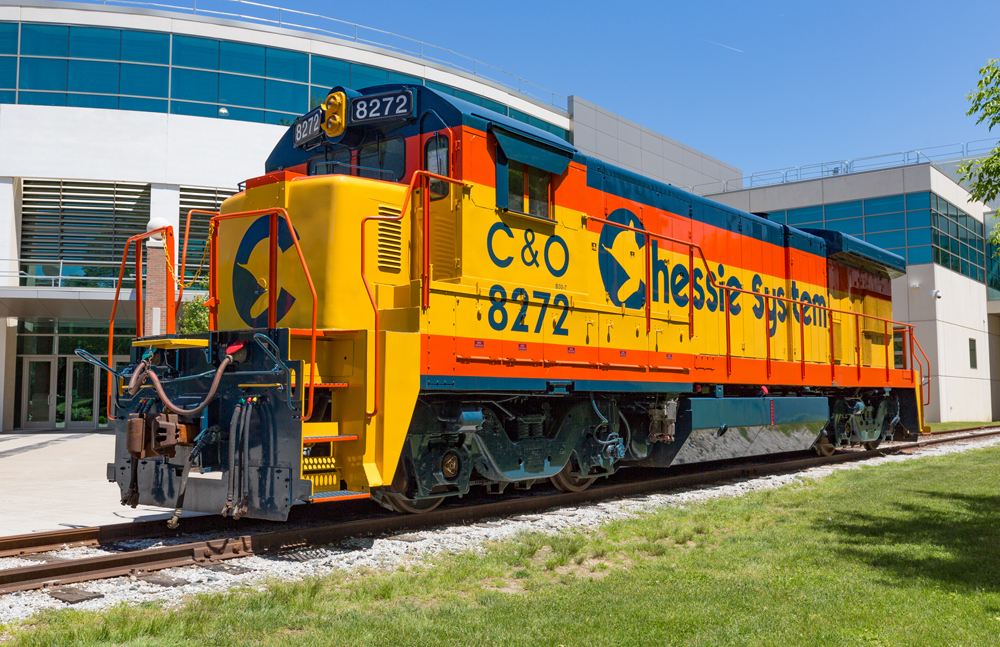




Howdy:
You either have the wrong city or the wrong state.
Worcester, Massachusetts
Wooster, Ohio
Thanks,
Doug Johnson